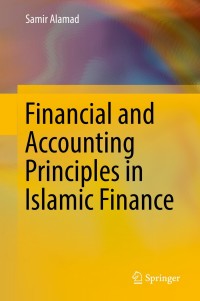Answered step by step
Verified Expert Solution
Question
1 Approved Answer
Define audit sampling. Why do auditors sample instead of examining every transaction? Distinguish between Type I and Type II errors. What terms are used to
- Define audit sampling. Why do auditors sample instead of examining every transaction?
- Distinguish between Type I and Type II errors. What terms are used to describe these errors when the auditor is conducting tests of controls and substantive tests? What costs are potentially incurred by auditors when such decision errors occur?
- List audit evidence types that do not involve sampling and provide an example of a situation where an auditor would not use audit sampling.
- Distinguish between nonstatistical and statistical sampling. What are the advantages and disadvantages of using statistical sampling?
- Define attribute sampling. Why is this sampling technique appropriate for tests of controls?
- How does the timing of controls testing affect the population definition?
- List the four factors that enter into the sample size decision. What is the relationship between sample size and each of these factors?
- In performing certain audit procedures, the auditor may encounter voided documents, inapplicable documents, or missing documents, or the auditor may stop testing before examining all the items selected for the sample. How should each of these situations be handled within the attribute-sampling application?
- The auditor should evaluate the qualitative aspects of deviations found in a sampling application. What are the purposes of evaluating the qualitative aspects of deviations?
- How should the results of a nonstatistical test of controls sample be evaluated in terms of considering sampling risk?
- List the steps in a statistical sampling application for substantive testing.
- How is the sampling unit defined when monetary-unit sampling is used for statistical sampling? How is the sampling unit defined when classical variables sampling is used?
- How are the desired confidence level, the tolerable misstatement, and the expected misstatement related to sample size?
- Identify the advantages and disadvantages of monetary-unit sampling.
- How does the use of probability-proportional-to-size selection provide an increased chance of sampling larger items?
- What is the decision rule for determining the acceptability of sample results when monetary-unit sampling is used?
- How do the desired confidence level, risk of material misstatement, and tolerable and expected misstatements affect the sample size in a nonstatistical sampling application?
- Describe the two methods suggested for projecting a nonstatistical sample result. How does an auditor determine which method should be used?
- What are the advantages and disadvantages of classical variables sampling?
- What is the decision rule for determining the acceptability of sample results when classical variables sampling is used?
Step by Step Solution
There are 3 Steps involved in it
Step: 1

Get Instant Access to Expert-Tailored Solutions
See step-by-step solutions with expert insights and AI powered tools for academic success
Step: 2

Step: 3

Ace Your Homework with AI
Get the answers you need in no time with our AI-driven, step-by-step assistance
Get Started


